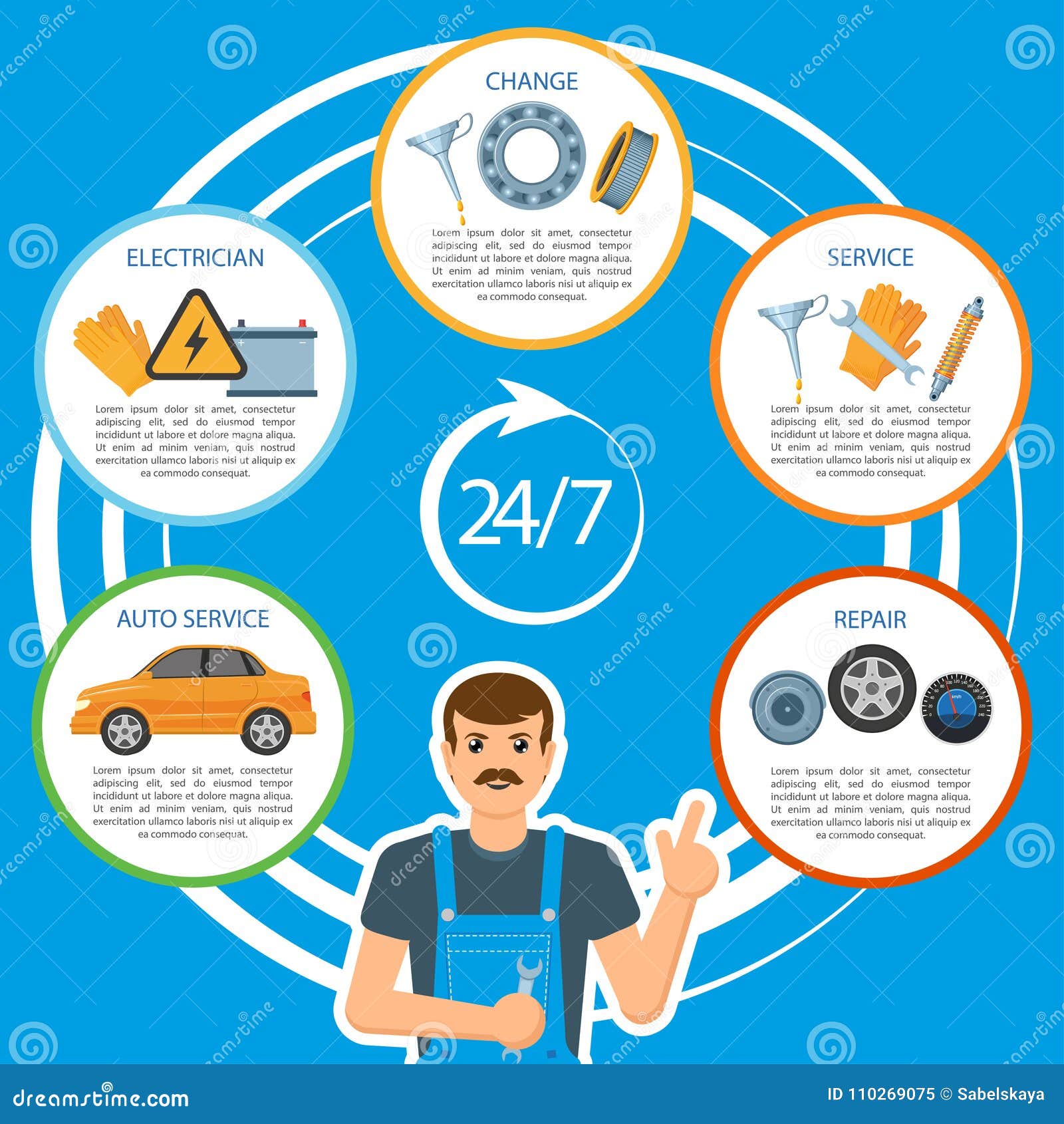Translating Your Automobile'S Alert Lights: Their True Effects
Translating Your Automobile'S Alert Lights: Their True Effects
Blog Article
Post Created By-Samuelsen Dalgaard
When you lag the wheel, those glowing caution lights on your dashboard can be a little bit complicated. Do you recognize what they're attempting to tell you concerning your cars and truck's health and wellness? Understanding the significance of these lights is crucial for your safety and security and the long life of your lorry. So, car wash full of those lights pops up, would not you intend to understand its message precisely and take the essential steps to address it?
Common Warning Lights and Interpretations
Determine common caution lights in your auto and comprehend their definitions to make sure secure driving.
The most common warning lights consist of the check engine light, which signifies issues with the engine or exhausts system. If this light comes on, it's vital to have your lorry examined quickly.
The oil pressure advising light indicates low oil stress, needing instant attention to avoid engine damage.
A flashing battery light might recommend a malfunctioning charging system, potentially leaving you stranded if not addressed.
The tire stress surveillance system (TPMS) light alerts you to reduced tire stress, affecting vehicle stability and gas performance. Neglecting this might lead to hazardous driving conditions.
The abdominal light shows a problem with the anti-lock braking system, compromising your capability to stop promptly in emergency situations.
Lastly, the coolant temperature cautioning light warns of engine getting too hot, which can result in severe damage otherwise solved promptly.
Recognizing these usual warning lights will certainly aid you address problems promptly and preserve secure driving problems.
Importance of Prompt Focus
Recognizing the common caution lights in your automobile is only the first step; the relevance of promptly addressing these cautions can't be emphasized enough to ensure your safety and security when traveling.
When a caution light brightens on your control panel, it's your car's way of connecting a potential issue that requires focus. Overlooking these warnings can result in a lot more severe problems later on, compromising your safety and potentially costing you much more in repairs.
Prompt interest to alerting lights can prevent breakdowns and accidents. For example, a blinking check engine light might suggest a misfire that, if left ignored, can cause damage to the catalytic converter. Resolving this quickly can conserve you from an expensive fixing.
In a similar way, a brake system cautioning light could signal reduced brake liquid or worn brake pads, critical components for your security when driving.
Do It Yourself Troubleshooting Tips
If you see a warning light on your dashboard, there are a couple of do it yourself troubleshooting tips you can try before seeking expert aid.
The initial step is to consult your car's manual to understand what the details warning light suggests. Sometimes the issue can be as easy as a loose gas cap causing the check engine light. Tightening the gas cap might solve the trouble.
https://www.myrtlebeachonline.com/news/local/community/conway/article255336521.html is a reduced battery, which can cause different warning lights. Examining the battery links for corrosion and ensuring they're protected may fix the problem.
If a caution light continues, you can attempt resetting it by separating the cars and truck's battery for a couple of minutes and afterwards reconnecting it. Furthermore, inspecting your car's liquid degrees, such as oil, coolant, and brake liquid, can aid fix cautioning lights related to these systems.
Conclusion
To conclude, recognizing your vehicle's warning lights is necessary for maintaining your automobile running efficiently and safely. By immediately resolving these signals and recognizing what they imply, you can avoid costly fixings and possible malfunctions.
Keep in mind to consult your cars and truck's guidebook for certain details on each cautioning light and take action as necessary to make certain a hassle-free driving experience.
Keep educated, stay safe when driving!
